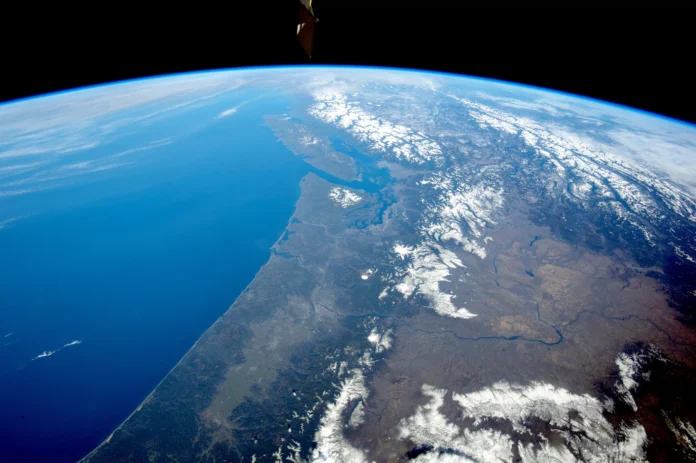 Searching for world -class worlds has become a hot theme in astronomy. For decades, the focus was on the planets in the “Goldlox region”; This narrow range is around a star in which the water remains liquid, not very hot so that it does not boil, not very cold to freeze the solid, as he writes Universetoday.com.
Searching for world -class worlds has become a hot theme in astronomy. For decades, the focus was on the planets in the “Goldlox region”; This narrow range is around a star in which the water remains liquid, not very hot so that it does not boil, not very cold to freeze the solid, as he writes Universetoday.com.
Unfortunately, how much is more complicated and more complicated than just getting the temperature. The world needs a protective magnetic field to protect life from radiation, which is a thick, stable atmosphere to organize climate, but not to the extent that it crushes everything under it, and the suitable cocktail for elements decorated with the nuclear ovens of the stars that die.
McCole Sandura of the Blue Marble Space Institute of Science in Seattle has developed a brilliant new approach to measuring the ability of strange worlds by looking at the Earth’s location as a statistical sample.
The logic is simple. If we assume that we are not “distinct”, our presence on a specific type of stars tells us something about the favorable star environments in life.


Consider this: Red dwarf stars exceed the number of yellow stars like our sun by 7 to 3 in our galaxy. If the red dwarf systems are significantly better in hosting life – Say, more than 8.1 times the bile stars systems – our presence around a yellow star will be a statistical coincidence, as less than 5 % of the time occurs.
Since we are here, it revolves around a yellow star, this indicates that red dwarves cannot be more accommodation than our solar system.
But here things become really interesting; Sandora assumes that if there are multiple universes with completely different cosmic recipes, this statistical approach becomes significantly more powerful.
In a multi -universe scenario, the relative abundance of the environments of different planets can vary greatly between the universes. Some may be full of rogue planets that are drifted across the vacuum, while others are dominated by the worlds of water or closed planets in the binary systems.
This cosmic diversity creates a natural laboratory to test education. Sandora applied this multi -universe logic to examine everything from ice satellites and riding planets to the strange oceans made of materials other than water.
The results are striking: The statistical limits become on the relative capacity of the rogue planets and the water worlds of at least strongerly stronger when looking through multiple universes instead of just our king.
Perhaps the most interesting is that the approach challenges our assumptions about the supposed water uniqueness of life. We often assume that the special properties of water – such as floating ice instead of drowning, or its “global solvent” – are necessary for biology.
But if the multiple hypothesis is correct, life is constantly choosing water -based environments through endless differences from the universe, these characteristics may not be decisive as we think.
If future discoveries reveal that strange environments are more susceptible to housing than previously believed, if we find the rogue planets teeming with life or discover that alternative vital environments are greatly outperforming water -based life, they will break the multiple framework with high confidence.
Sandura research may seem unnotcted, but this may be the key to opening one of the biggest questions in science: Are we alone in one world, or are we one data point between the endless universes?

